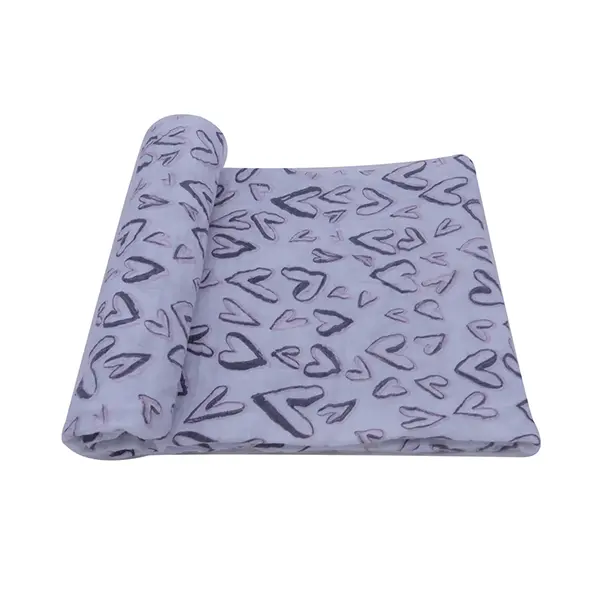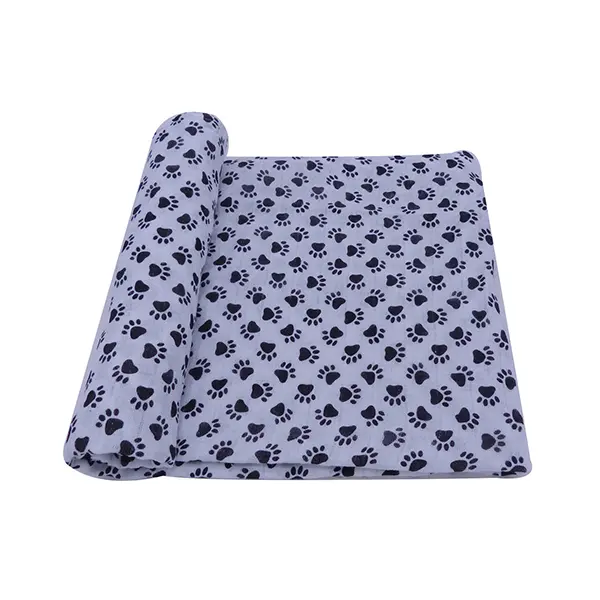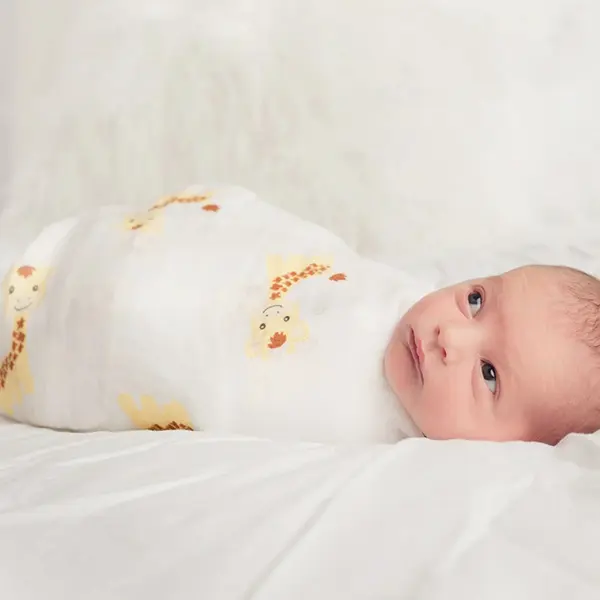Muslin Sleep Sack – Breathable Organic Cotton, Soft & Safe
Muslin Sleep Sack: What’s Changing, What Matters, and Who’s Doing It Right
If you’re shopping for a Muslin Sleep Sack, you’ve probably noticed two parallel trends: minimalist, breathable designs for warmer climates, and plush, multi-layer builds for shoulder seasons. To be honest, I’ve tested plenty of nursery textiles over the years; muslin remains the most forgiving—air-permeable, quick-drying, and surprisingly durable when woven and washed right.

Product at a glance
From ST Home Textile (origin: Room 1106-1108 Zhongyuan Building, No.368 North Youyi Street, Shijiazhuang, Hebei, China), the platform product “100% Muslin 2layers 3layers 6layers Baby Blankets Baby Swaddle” is the base fabric used in their Muslin Sleep Sack builds. The fabric is natural 100% cotton, optionally blended with bamboo-viscose for drape. No added harsh chemicals—an important checkbox for baby skin.

Specifications (sleep-sack configuration)
| Fabric | 100% cotton muslin; optional 70/30 bamboo-cotton blend |
| Layers | 2 / 3 / 6 layers (gauze) |
| TOG (≈) | ≈0.5 (2-layer), ≈1.0 (3-layer), ≈1.5 (6-layer); real-world use may vary |
| Sizes | 0–6m, 6–18m, 18–36m; custom on request |
| Hardware | YKK zipper, inside zipper guard; nickel-free snaps (if specified) |
| GSM (≈) | 2-layer ≈120–140; 3-layer ≈170–190; 6-layer ≈260–300 |
| Certifications | OEKO‑TEX Standard 100 (Class I) eligible; CPSIA compliant |

Process flow and testing
Materials: ring-spun yarn → open-weave gauze loom → multi-layer quilting (no foam) → enzyme pre‑wash and pre‑shrink → cut & sew with bound seams → 100% inspection.
Methods: colorfastness per ISO 105‑C06; seam strength ISO 13935‑2; tear strength ISO 13937; dimensional change AATCC 135.
Test data (typical): shrinkage ≈3–5% after 3 washes; air permeability >250 mm/s (ASTM D737); pilling 4–4.5 (ASTM D3512) after 20 washes; optional bamboo blend showed >90% bacterial reduction vs S. aureus (AATCC 100), lab-only; no biocide add-ons.
Service life: ≈100–150 home wash cycles before notable thinning—depends on detergent and heat, obviously.

Where it’s used (and why)
- Summer nurseries or well-heated apartments (2–3 layers, low TOG)- Travel naps, daycare backups, and stroller walks (3 layers—my go-to)
- Hospital gifting, subscription baby boxes, maternity retailers, and photo studios
Advantages: excellent breathability, fast dry time, soft hand that gets better after a few washes, and safer garment design than loose blankets when used per safe-sleep guidance.
Vendor comparison
| Vendor | Layers/TOG Options | Customization | Lead Time (≈) | Certs/QC | Cost (FOB ≈) |
|---|---|---|---|---|---|
| ST Home Textile | 2/3/6 layers; 0.5–1.5 TOG | Prints, sizes, zipper, labels | 15–30 days | OEKO‑TEX, CPSIA, test reports | Mid‑low |
| Boutique DTC Brand | Fixed 1–2 TOG | Limited colors | In stock | Retail-grade | High |
| Generic Importer | Inconsistent | Basic only | 30–45 days | Varies; check labs | Low |

Customization and real-world notes
Print libraries, Pantone matching, private labels, and MOQ-friendly pilot runs are available. Many customers say the 3-layer Muslin Sleep Sack hits the sweet spot for apartment living—breathable yet not flimsy. I guess the surprise for me was how well the zipper guards are finished; no scratchy edges.
Case studies (brief)
- DTC brand scale-up: moved from 2 to 6-layer Muslin Sleep Sack for shoulder seasons; return rate dropped ≈18% after switching to pre‑shrunk lots.
- Hospital pilot: 200 units of 2-layer issued as parent education kits; laundering at 60°C showed stable seams (ISO 13935‑2 pass) over 30 cycles.
Safety and standards to check
Follow AAP safe-sleep guidance: baby on back, firm mattress, no loose bedding. Choose TOG relative to room temp. For compliance, request CPSIA tracking labels, heavy metal and phthalate reports, and fabric certifications (OEKO‑TEX). For accessories, look for ASTM F1917 coverage and flammability requirements where applicable (16 CFR 1610/1615/1616).
References:
[1] AAP Safe Sleep Recommendations, American Academy of Pediatrics.
[2] OEKO‑TEX Standard 100, Class I criteria.
[3] CPSIA (Public Law 110–314) requirements for children’s products.
[4] ASTM F1917 – Standard Consumer Safety Performance Specification for Infant Bedding and Related Accessories.
-
OEM Rectangle Table Cloth: Custom Quality & Sustainable Solutions for Global BrandsNewsNov.24,2025
-
OEM Adult Bedding Set – Customized Quality Bedding Solutions for Healthcare, Hospitality & ReliefNewsNov.24,2025
-
OEM Summer Baby Garments – Quality, Comfort & Global SolutionsNewsNov.23,2025
-
OEM Solid Color Polyester Table Cloth – Durable, Customizable & Sustainable Textile SolutionsNewsNov.23,2025
-
OEM Baby Towels: Quality Manufacturing for Global Baby Care BrandsNewsNov.23,2025
-
OEM Woven Cotton 7pcs Crib Bedding Sets – Safe, Sustainable & Customized Baby Bedding SolutionsNewsNov.22,2025
- Product Categories
- • Hospital Used Fire Retardant Bedding
- • Hotel Textiles
- • Airline Textiles
- • Hometextiles
- • Infant Cloth
- Quick Links
- • Home
- • Products
- • About us
- • News
- • Contact
- Contact Us
-
Tel: +8631187701449
-
Fax: +86 311 8770 1444
-
E-mail: sale@hometex-suntex.com




